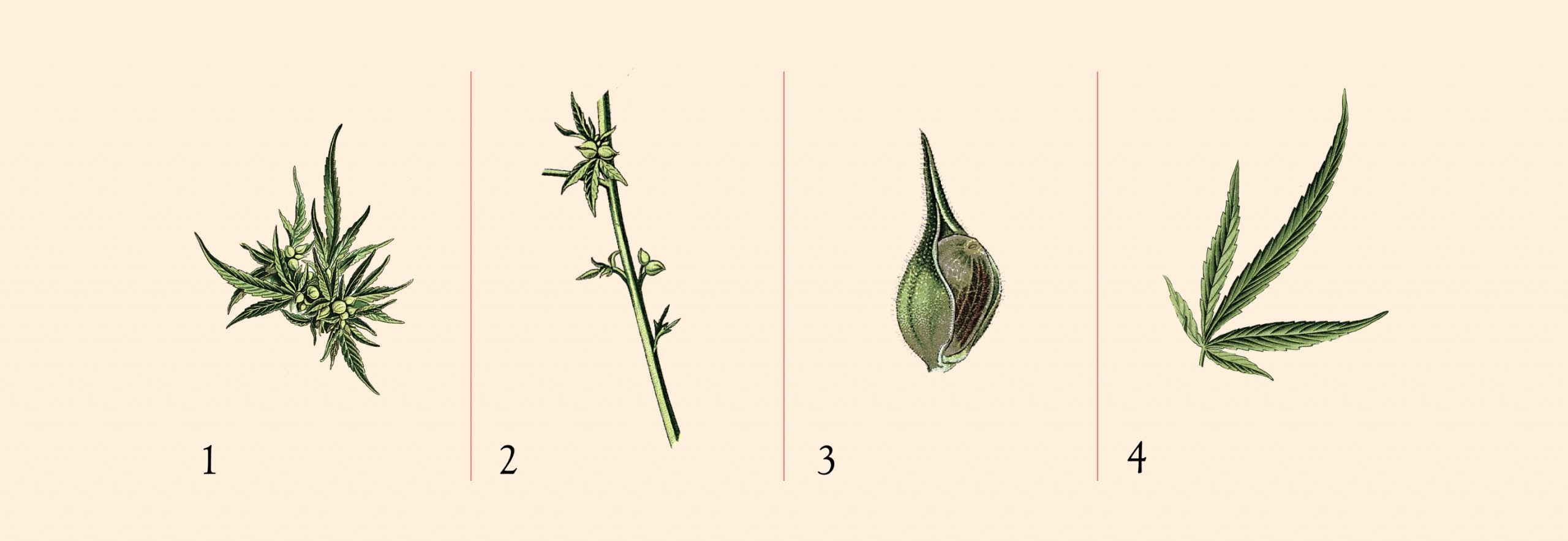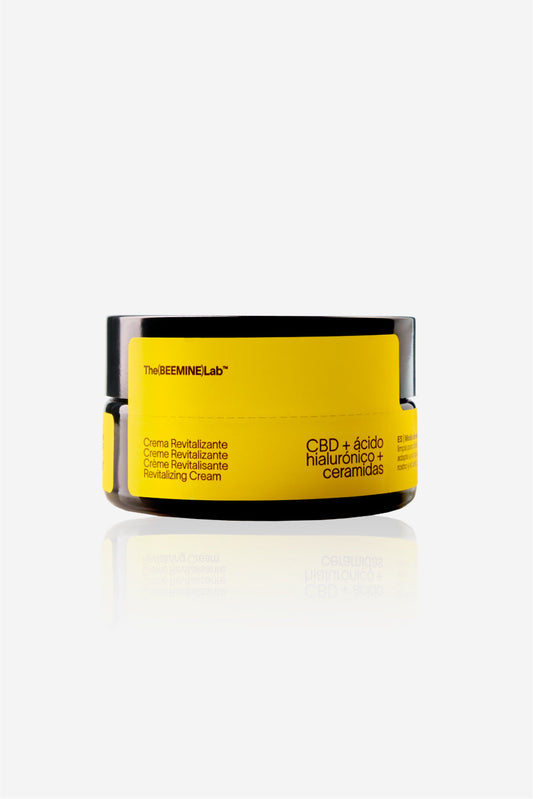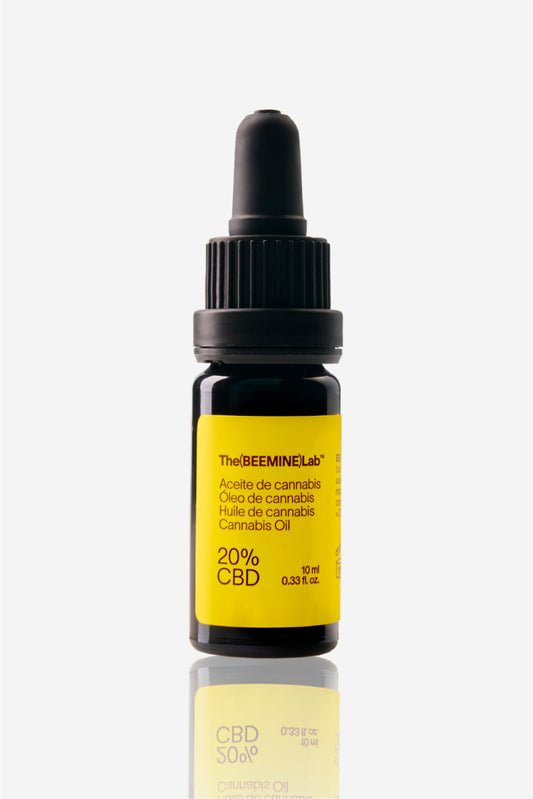- Natural (for example, whole seeds in your cereal, toast, salad, smoothies or even in your cakes): Very rich in protein, perfect ratio of Omega 3 and 6, minerals and vitamins A, C and E. A food capable of eliminating malnutrition in the world.
- Edible oil : Extracted by pressing the seeds, it is a powerful ally to reinforce your Omega 3 and antioxidant levels and is very anti-inflammatory.
- Cosmetic oil : Provides the same qualities as food oil, adding its moisturizing and protective power to soaps, conditioners, shampoos, creams, lip balms, etc.
- Bio-Fuel : There are two types of hemp biofuels, ethanol and methanol, which come from hemp seed oil or the stem. Biodiesel, created by Rudolf Diesel in 1895 , was used by Henry Ford in his first cars.
- Other uses: hemp beers, paint, hemp protein, animal feed, etc.
- For eating!: The leaves of the cannabis plant are full of iron, zinc, potassium, magnesium, fibre and phosphorus. They are also packed with polyphenols (=powerful antioxidants that protect us from premature skin ageing and numerous diseases). These leaves have a good amount of fatty acids, Omega 3 and 6, and high quality and digestible proteins. Finally, we can find the powerful cannabinoid CBDA (=the precursor of CBD), terpenes and a large amount of chlorophyll (=cellular oxygenator and blood regenerator). They can be blended into juice or purchased in powder form.
- Compost : If you are not convinced by the idea of making juice from these leaves, making compost is another alternative . Compost is produced by the oxidation of organic compounds and can be used as a fertilizer for a crop and as an alternative to chemical soil fertilizers.
- “Beds” for animals: To be used like the sawdust you put in your pet’s house (cat, rabbit, etc.) or your chickens. Its advantages are that it controls odors very well, has great absorption, repels pests, is cheap and very comfortable for your animals.
- Compost: Under aerobic conditions, the different parts of Cannabis are decomposed by microbial fermentation. The resulting compost is used to improve soil health, fertility and reduced dependence on pesticides.
- Ethanol and Methanol: These two alcohols are used as biofuels. Ethanol, also known as “hempanol” (hemp) is produced through a process known as Cellulolysis, which ferments and distills hemp to produce this biofuel. On the other hand, Methanol is produced from the pulp of the plant stem by dry distillation. A study in 2011 found that the energy yield of thesebiofuels is 120% higher than that obtained from other plants such as wheat.
- Textile fiber: Until its rediscovery in the 1980s, the use of industrial hemp (Cannabis Sativa L.) for fiber production had greatly diminished in the previous decades. The fiber obtained from this plant (the outer part of the stem) is strong, durable and does not change with water. Its main uses were the production of ropes, sacks, carpets, nets and ribbons. From 1988, the hemp textile industry was reborn for the production of clothing. In addition, the production of Cannabis Sativa for paper production is also increasing.
- They do not require pesticides to grow to maturity.
- Only 2,300 litres of water are required to produce 1kg of textile fibre compared to the 10,000 litres required for cotton.
- High land yield per hectare cultivated, that is, a lot of product in a small space.
- Cannabis Anatomy: The Parts of the Plant. Leafly. (2019)
- James Waller. Drinkology Beer: A Book About the Brew . (2011)
- Prade, T., Svensson, S., Andersson, A., & Mattsson, J. Biomass and energy yield of industrial hemp grown for biogas and solid fuel . Biomass And Bioenergy. (2011)
- Hemp uses, information facts - Hemp Basics. (2019)







